The largest hot desert on the planet is not only a harsh, desolate place, but also holds many interesting secrets.
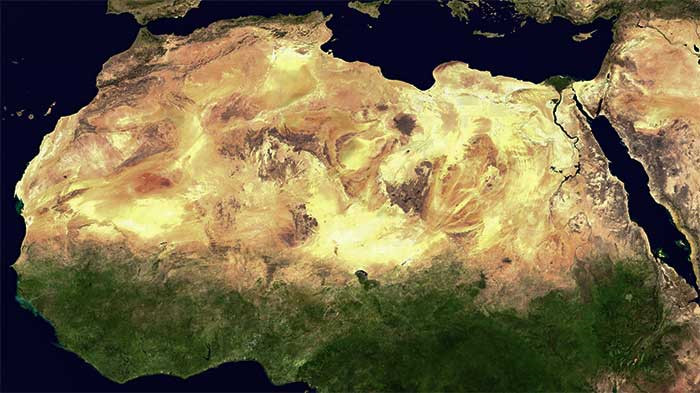 |
| The Sahara has a surface area of 9.4 million km2, accounting for 1/4 of Africa. However, this is not the largest desert in the world. In fact, the Sahara is only the third largest, after Antarctica and the Arctic. Photo: Geography. |
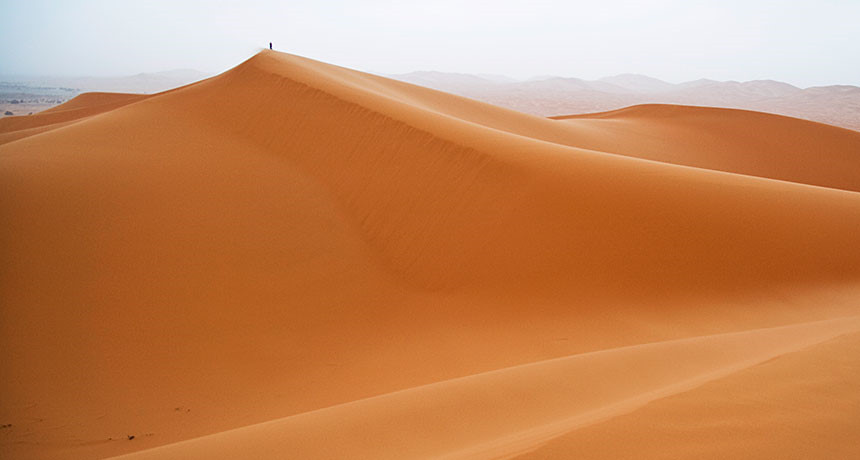 |
| The Sahara is expanding. Since 1962, the desert has expanded by nearly 650,000 square kilometers. Parts of the Sahara are shared by 11 countries: Libya, Algeria, Egypt, Tunisia, Chad, Morocco, Eritrea, Niger, Mauritania, Mali, and Sudan. Photo: Science News. |
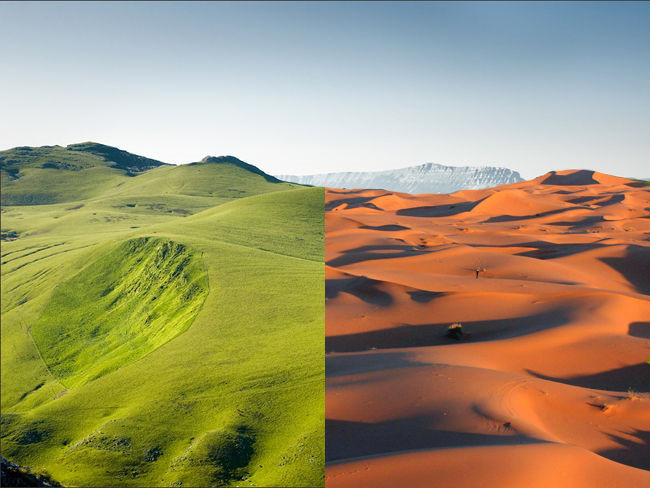 |
| About 4,000 years ago, this was still a fertile area with many species of flora and fauna. However, the Earth changed its tilt angle from 22.1 degrees to 24.5 degrees in a 41,000-year cycle (currently 23.44 degrees and decreasing), making this area arid. Photo: Ancient Code. |
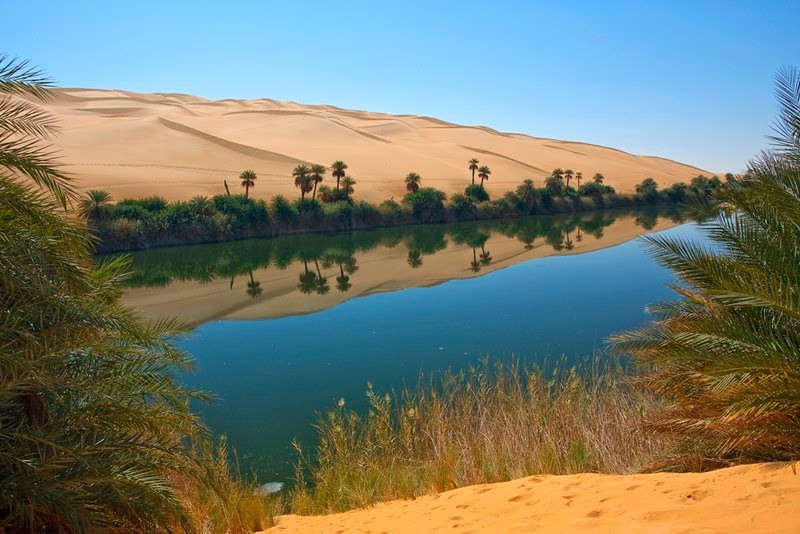 |
| To this day, parts of the Sahara remain fertile. Underground rivers flowing from the Atlas Mountains (such as Siwa, Kufra, Timimoun and Bahariva) rise to the surface, creating lush oases. Photo: Dualwarez. |
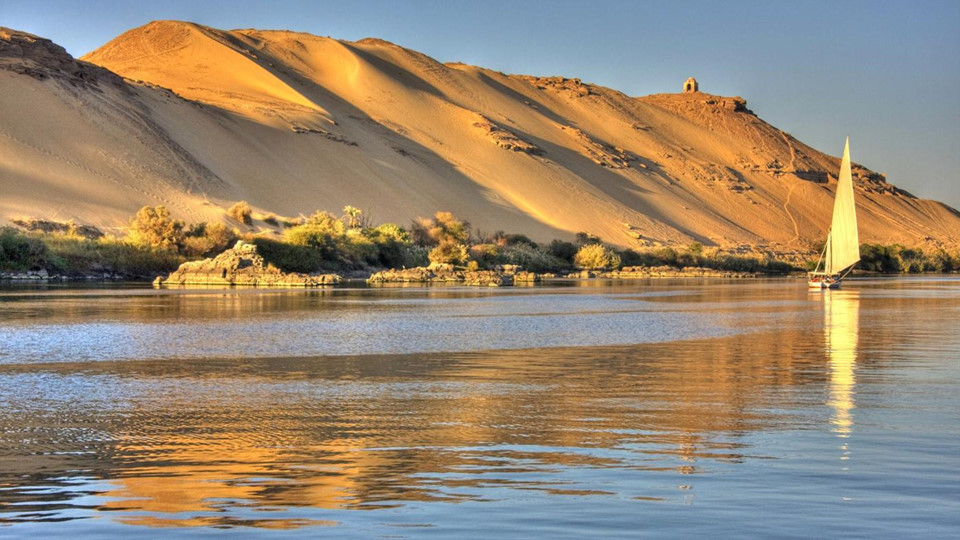 |
| In fact, this desert has up to 207,200 km2 of oases (about 2% of the area). Another part is made fertile by floods from the Nile. Photo: Reference |
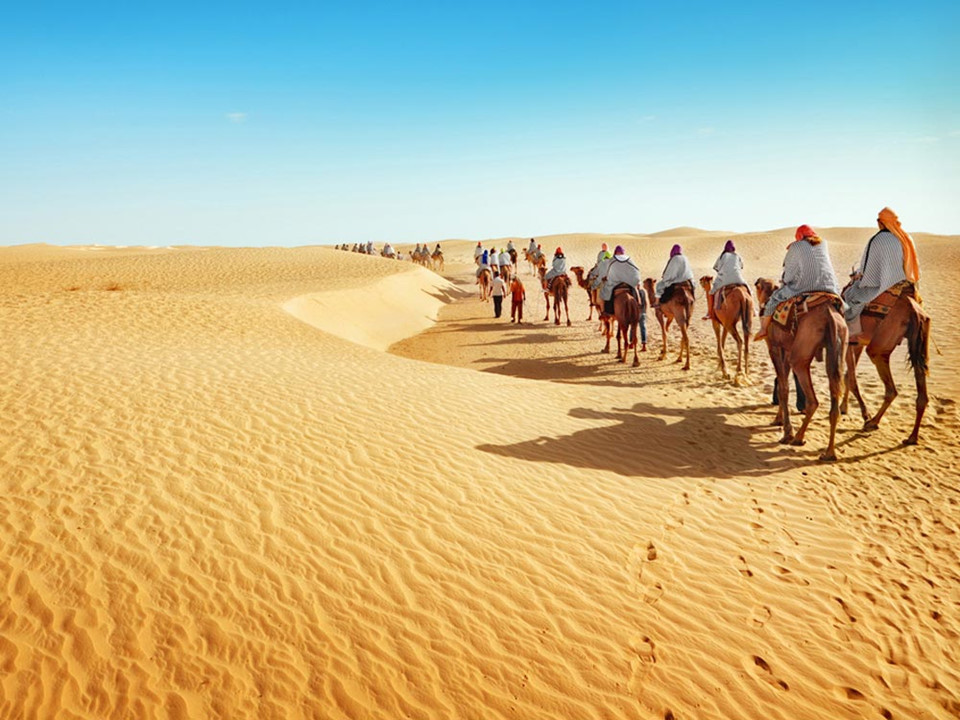 |
| With an area equivalent to the United States - which has a population of 300 million people, the Sahara is home to only two million people. Photo: Healthy Travel Blog. |
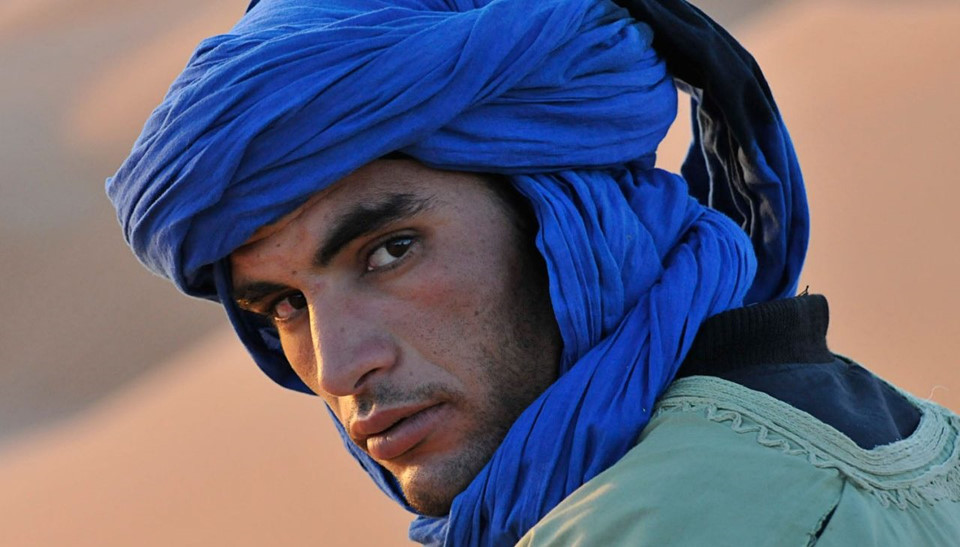 |
| Most of them are nomadic, such as the Tuareg tribe or “The Blue Men of the Sahara” with their striking blue costumes. Photo: Eupedia. |
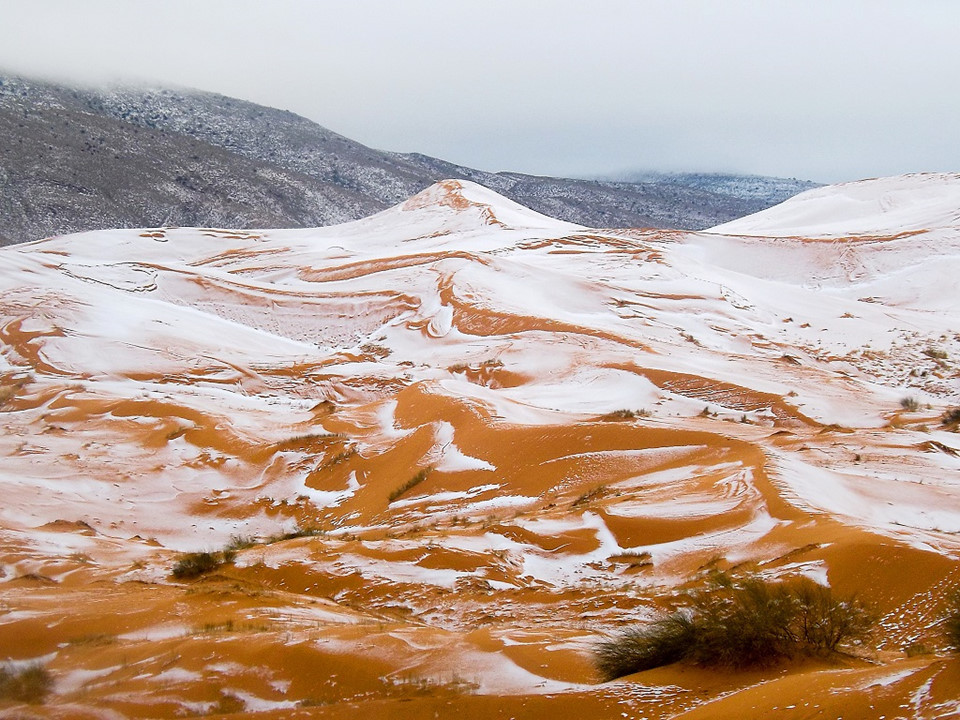 |
| From December to January, nighttime temperatures in the Sahara regularly drop below freezing. Some dunes can be covered in snow. Photo: Independent. |
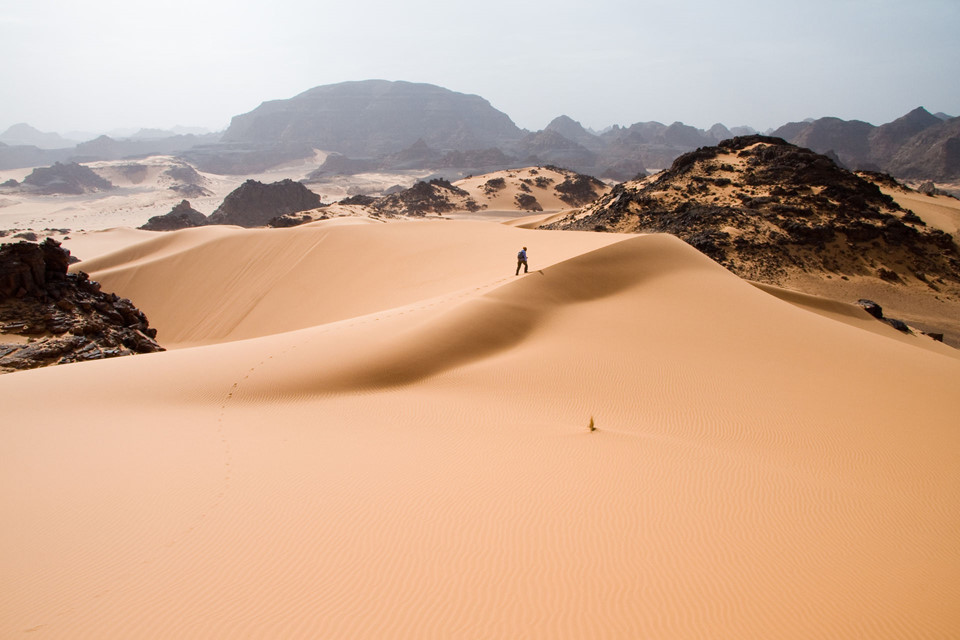 |
| The Sahara's record high temperature was recorded in Azizia, Libya, in 1922, reaching 57.7 degrees Celsius. Photo: HeritageDaily. |
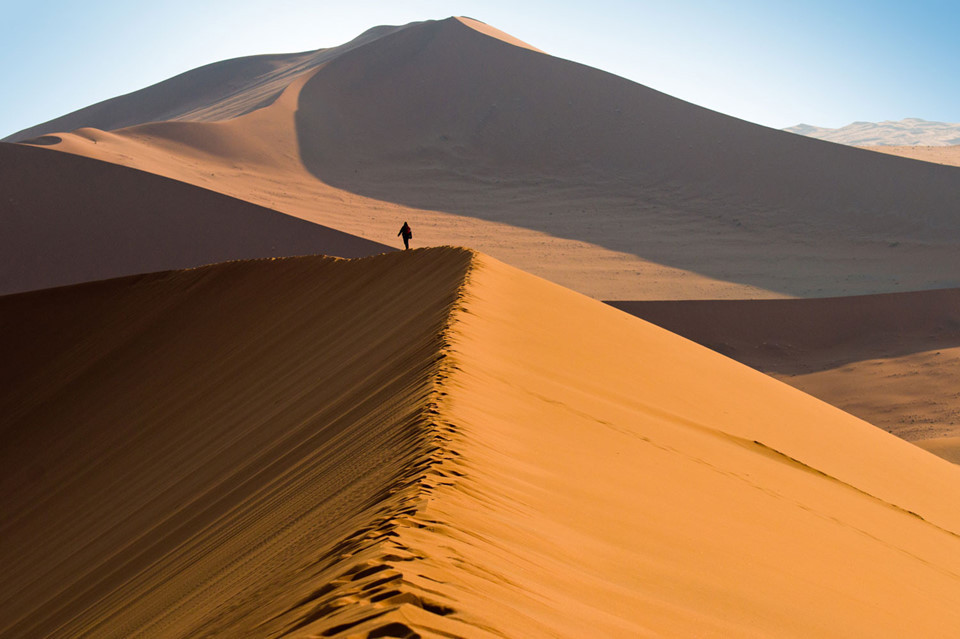 |
| Most of us think of the Sahara as endless sand dunes. In southern Libya, these dunes can reach up to 180m high. Photo: World Insight. |
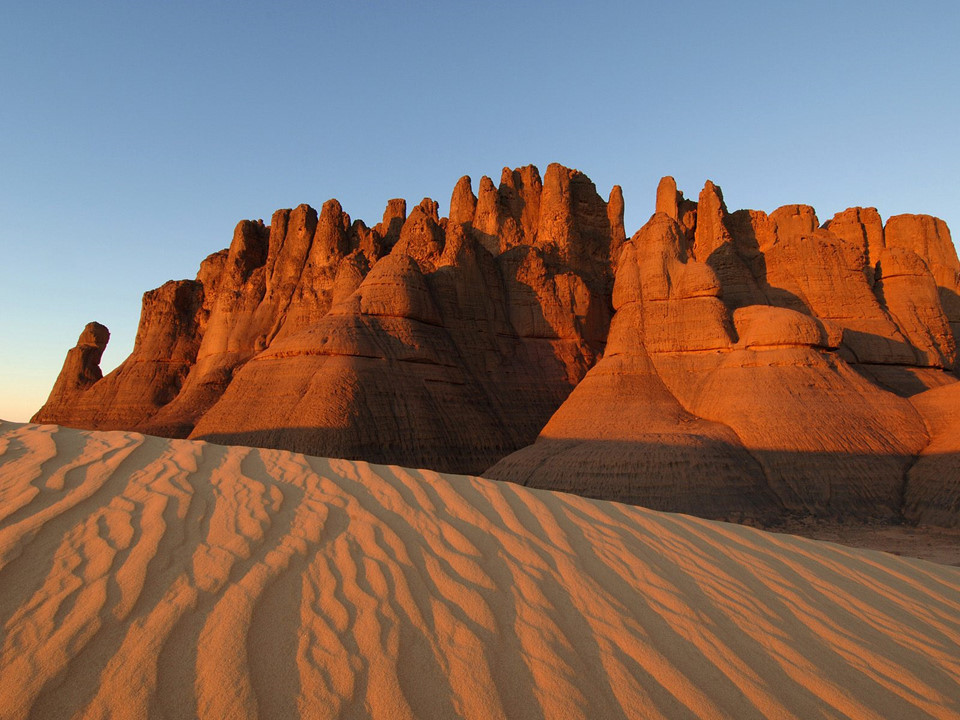 |
| However, this famous desert also has sand seas, gravel plains, rocky plateaus, valleys, salt flats, mountains, rivers, streams... Sahara is only 30% sand. Photo: Traveler Corner. |
 |
| The Marathon des Sables in the Sahara takes place in southern Morocco every April. Competitors must register years in advance, at a cost of $4,500. The race lasts seven days, through sand dunes and rocky plateaus, covering a total distance of 240 km. Competitors must bring their own equipment during the race. Photo: Pinterest. |
 |
| The Sahara has more than 20 lakes, most of them saltwater. Lake Chad is the only freshwater lake here. Photo: Never Ever Seen Before. |
 |
| Many plant species have adapted to the harsh Saharan climate. Some have developed long roots to tap groundwater. Photo: Travel HD. |
 |
| Some emerge quickly after rains, flowering and setting seed in a short time, before the soil dries out completely. The new seeds can lie in the dry soil for years, waiting for the next rain to germinate. Photo: The View from Fez. |
 |
| Desert animals are also capable of surviving without water for days. Photo: Pinterest. |
According to Zing

















